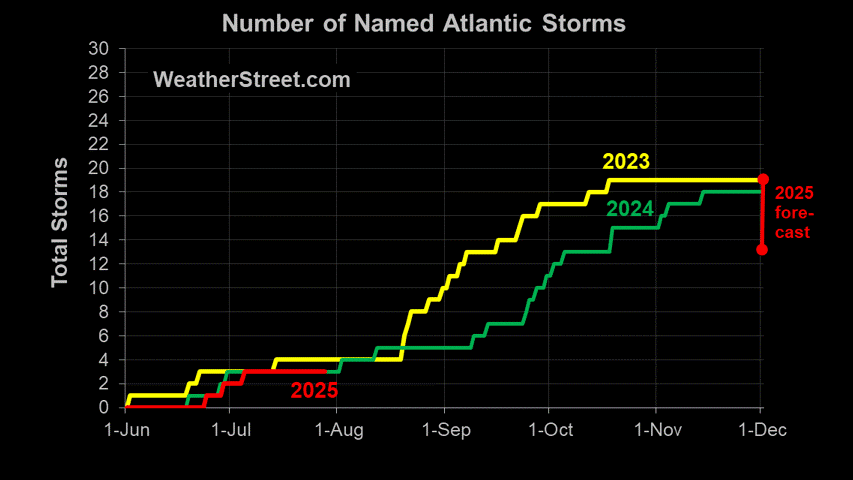Typhoon Nesat aka Padring
Video courtesy of westernpacificweather.com
Philippines Evacuates 100,000 ahead of Typhoon Nesat (blogs.voanews.com )
Officials in the Philippines have shut schools, canceled inter-island ferry service and ordered the evacuation of more than 100,000 people as a fast-moving typhoon approaches the country's east coast.
Forecasters say Typhoon Nesat will make landfall on the east coast of Luzon Tuesday and cross the island north of Manila with heavy downpours and winds of up to 215 kilometers per hour.
Disaster officials say Nesat could produce rainfall at 25 millimeters an hour, causing flash floods, landslides and storm surges in coastal areas.
The Joint Typhoon Warning Center estimates Nesat will take 12 hours to cross the island of Luzon before it moves into the South China Sea.
NASA Earth Observatory Image (Below):
| Article and Image Courtesy of NASA |
Rain from Typhoon Nesat (called Pedring in the Philippines) caused widespread flooding in the Philippines on September 27 and 28, 2011.
The image, made from the Multi-satellite Precipitation Analysis, which is based on data from the Tropical Rainfall Measuring Mission (TRMM) satellite, shows heavy rain along the path of the storm between September 23 and September 27.
The satellite data recorded more than 350 millimeters (14 inches) of rain across broad regions. Local rainfall totals may be higher. The image also shows an area of heavy rain over Vietnam and Hainan from Tropical Storm Haitang.
According to local news reports, the heavy rain from Nesat contributed to flooding across central Luzon, the largest island in the Philippines. The affected areas included key crop-growing regions.
An estimated 33,890 tons of rice were lost, said news reports. Nesat affected nearly 350,000 people and caused 33 deaths with 41 missing as of September 29.










